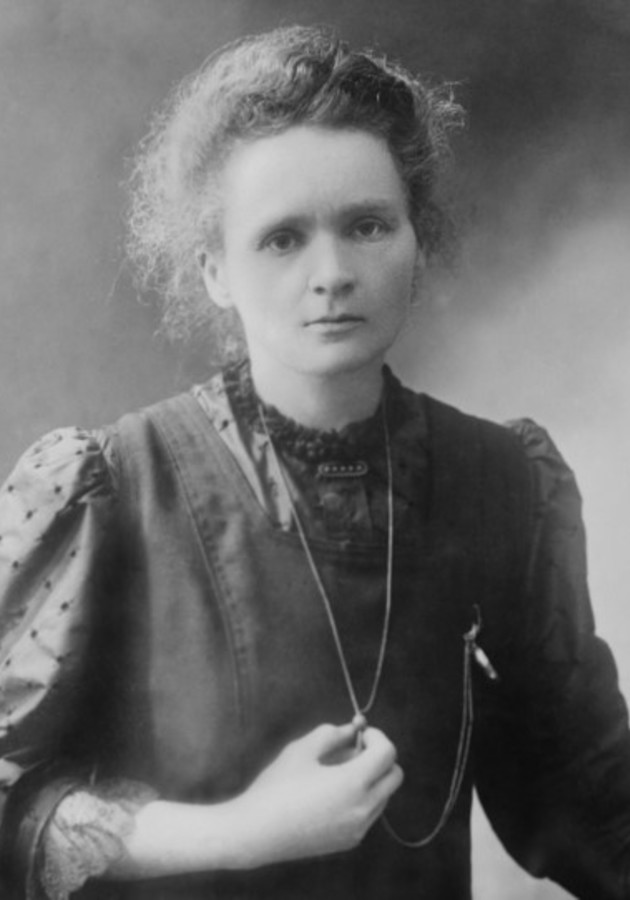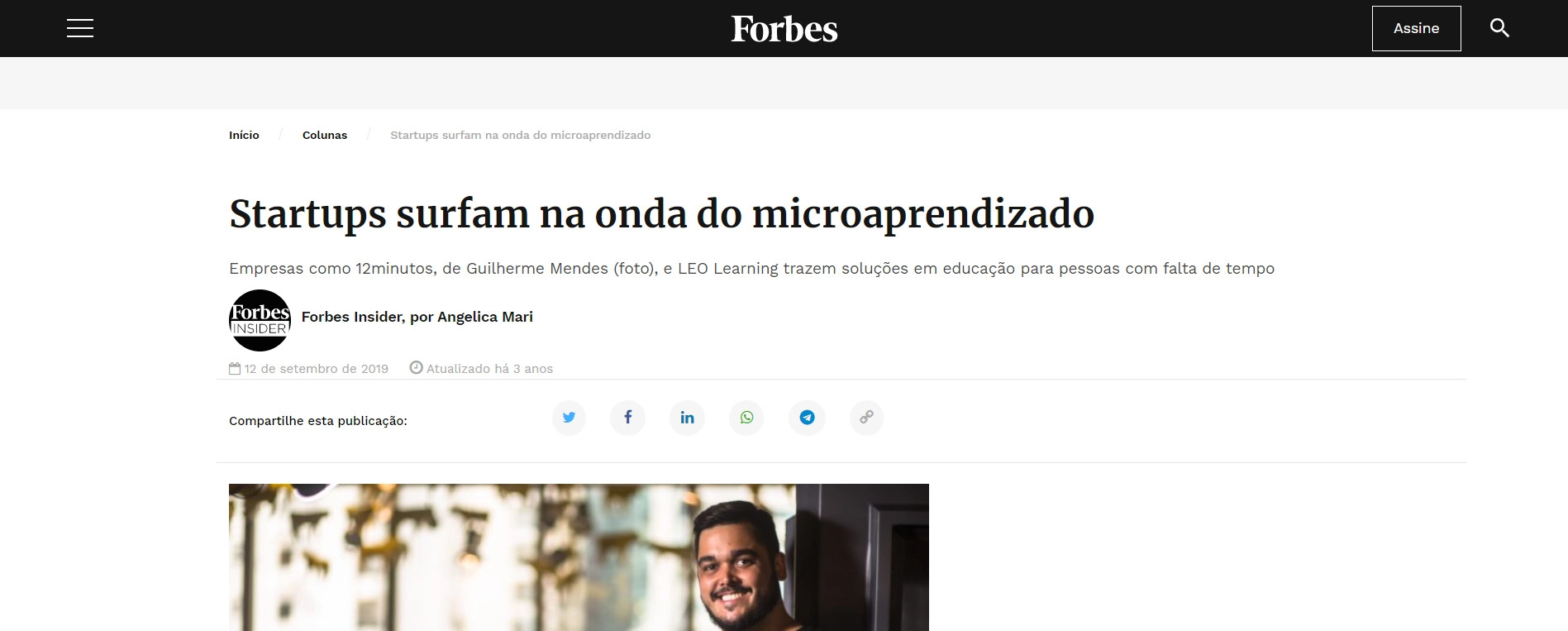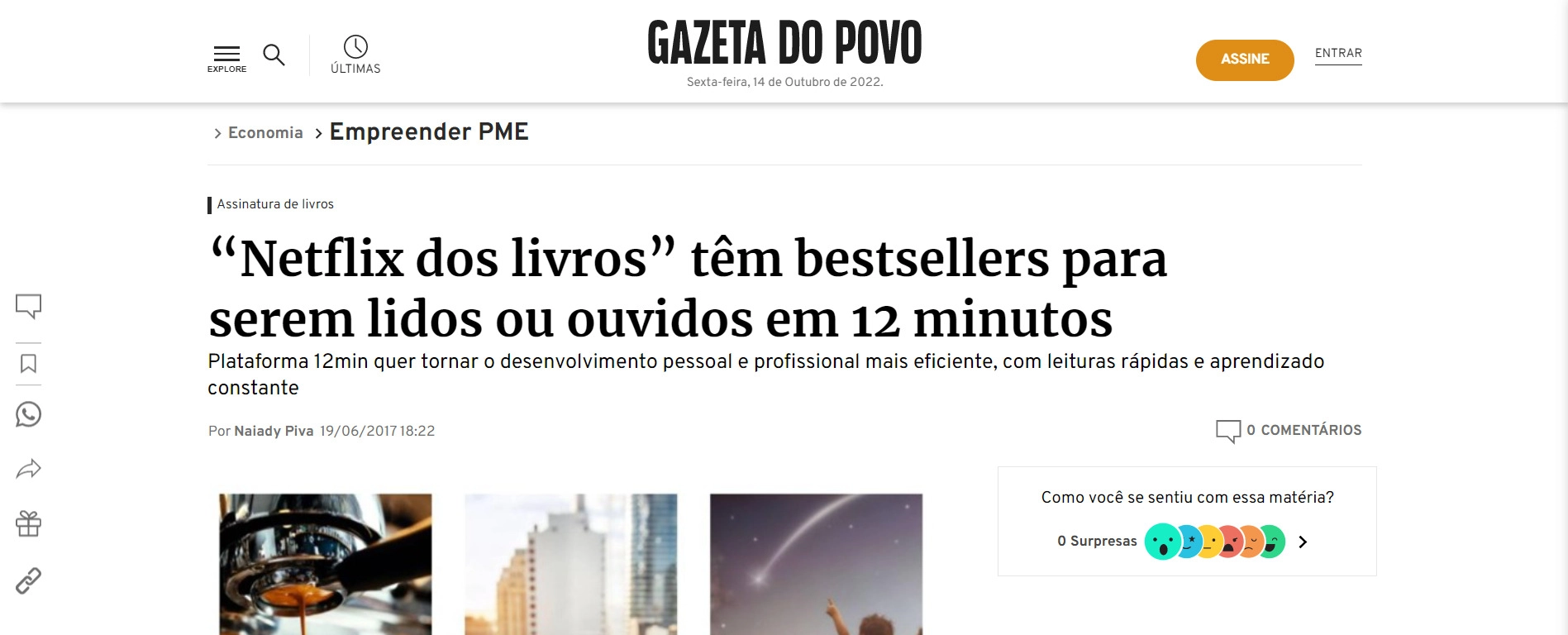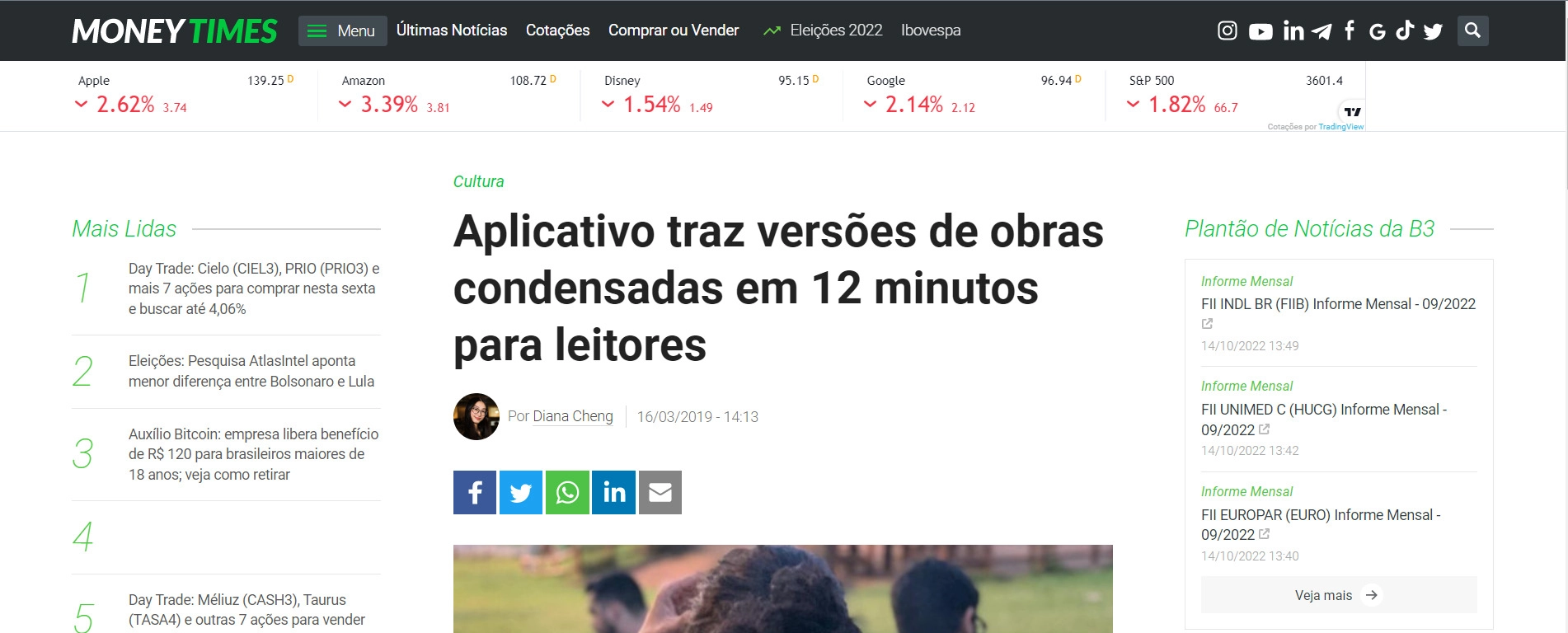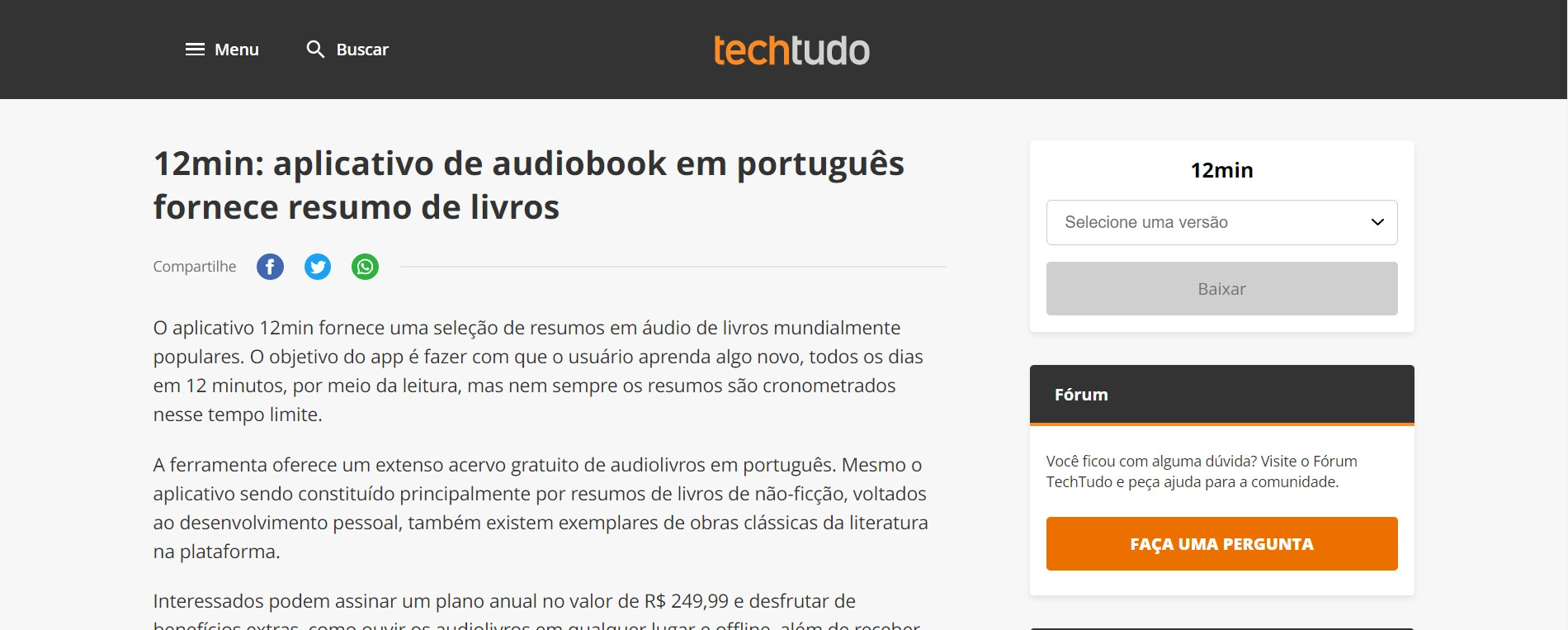This book offers a practical guide to creating, launching, and refining successful products. Central to the book is the Product-Market Fit Pyramid, a framework that deconstructs product-market fit into testable hypotheses. The pyramid begins with defining the target customer, followed by identifying underserved needs, crafting a value proposition, designing features, creating an effective User Experience (UX), and testing with customers. This systematic approach ensures no aspect of product development is overlooked.
The book also addresses prioritization through tools like the Customer Need 2x2 matrix (Importance vs. Satisfaction) and the Product Value Proposition table. Synthesizing concepts from Lean Startup, Design Thinking, Agile development, and analytics, The Lean Product Playbook equips readers with modern product development strategies. Visual aids, including diagrams and templates, enhance the accessibility and applicability of its ideas.
The Product-Market Fit Pyramid: building success from the ground up
In the opening chapters, Olsen discusses product-market fit, which occurs when a product solves real customer problems better than existing solutions. Success begins with creating value for customers. While revenue and marketing matter, the focus is on building a product that truly addresses customer needs. Olsen introduces the Product-Market Fit Pyramid, which has five layers.
The first three layers focus on understanding the market—identifying target customers and their underserved needs. The top layers involve developing the value proposition, feature set, and UX. The key is aligning what you're offering (your product) with who you're offering it to (your customers). A good example is Intuit's Quicken, which succeeded by understanding its customers and simplifying the product. Customer feedback helped them refine the product and achieve product-market fit.
Olsen also introduces the problem space versus the solution space. The problem space involves understanding customer needs and pain points, while the solution space is where you design the product. Olsen emphasizes the importance of spending time in the problem space before rushing into the solution space. He uses the story of the Space Pen to illustrate this. NASA spent millions developing a pen for space, but the Soviets simply used a pencil. This highlights the need to understand the problem fully before designing a solution.
Olsen also contrasts outside-in development with inside-out development. Inside-out development builds products based on internal ideas without enough customer input, often resulting in products that don’t solve real problems. Outside-in development begins by talking to customers, understanding their needs, and defining the problem before designing solutions, aligning with Lean Product Development principles.
Beyond wants and desires: focusing on underlying customer needs
Olsen emphasizes that customer needs and benefits are essentially interchangeable terms, as both represent the value a product brings to the customer. He further clarifies the difference between needs, wants, and desires, which can often be confusing. While these terms are used interchangeably in everyday language, Olsen argues that in the context of product development, they all refer to customer value. Rather than focusing solely on what a customer explicitly wants or desires, he suggests that businesses should focus on the underlying needs that drive customer behavior and decision-making.
The goal is not to just add features for the sake of it but to focus on the specific problems or benefits that customers truly care about. To make this idea concrete, Olsen uses TurboTax as an example. TurboTax doesn’t simply aim to meet the general desire of preparing taxes; it focuses on specific customer needs such as saving time, reducing the risk of errors, ensuring accuracy, and minimizing the risk of an audit.
In order to validate these needs, Olsen stresses the importance of customer discovery interviews. Rather than relying on assumptions, businesses must engage directly with their customers to understand their needs. The process involves asking questions continuously, probing deeper by asking "why" to get to the root of their motivations. This helps businesses uncover both expressed and unspoken needs.
Olsen introduces the "laddering" technique, which involves asking customers why certain benefits are important to them in order to uncover deeper, more intrinsic motivations. For example, a customer may value a feature like sliding doors in a car not just because it's a convenience but because it makes them feel trendy or socially accepted, revealing the deeper emotional drivers behind their preferences.
Olsen also introduces the concept of the hierarchy of needs, drawing a parallel to Maslow's Hierarchy of Needs. Just as humans have basic needs (like food and safety) that must be addressed before higher-level needs (like esteem and self-actualization), customer needs also have a hierarchy. Some needs are fundamental and must be met before customers care about more advanced features.
Olsen argues that innovations often arise from this quadrant, where businesses can create disruptive solutions that not only improve customer satisfaction but also redefine the market. Disruptive innovations like the Walkman, iPod, and Uber were born from these unmet customer needs. To identify where to focus, Olsen suggests conducting customer surveys to assess how important certain features are to customers and how satisfied they are with the current options available.
Balancing qualitative and quantitative Minimum Viable Product (MVP) tests for product validation
Olsen explains the process of creating and testing an MVP prototype to validate product ideas. An MVP is a simple, functional version of a product built to test key features and hypotheses before full-scale development. It should focus on essential features that allow for meaningful customer feedback, minimizing risk and resource investment. An MVP could be a wireframe, mockup, or interactive prototype. The primary goal is to test assumptions about the product’s value, gauge customer interest, and identify issues early on.
Olsen distinguishes what an MVP is and isn’t, clarifying that it should not be a bare-bones version but rather a functional product that provides value to customers. It must address usability, reliability, and delight—ensuring it’s easy to use, works well, and offers an enjoyable experience. The MVP should help validate hypotheses, not create a polished product.
Olsen introduces several types of MVP tests to validate product ideas, such as "Wizard of Oz," "smoke," and "fake door" tests. These tests are designed to assess different aspects of the product or marketing strategy, testing assumptions in a manageable, cost-effective way before committing to full-scale development. MVP tests can focus on the product itself or marketing strategies, with quantitative tests using large sample sizes and numerical data, while qualitative tests involve smaller groups and in-depth feedback. Both tests complement each other, with qualitative insights informing quantitative validation.
Olsen presents a Matrix of MVP Tests, categorizing tests into four quadrants: qualitative marketing, quantitative marketing, qualitative product, and quantitative product tests. Marketing tests can involve showing customers landing pages, while crowdfunding platforms like Kickstarter can be used to test customer interest and gather feedback. For product MVP tests, Olsen suggests using wireframes, mockups, and interactive prototypes to test with real customers early on, avoiding wasted resources on unwanted features.
A significant focus is placed on UX principles when developing an MVP. Olsen emphasizes that great UX is crucial for product success. It involves usability, ensuring ease of use and delight, and creating an enjoyable experience. Great UX design goes beyond features to ensure intuitive interaction. Olsen compares UX design to an iceberg, where visible elements like visual design are supported by foundational work in conceptual design, information architecture, and interaction design.
User research is vital for UX design, and Olsen advocates gathering insights through surveys, interviews, and usability testing. He introduces personas—fictional representations of target users based on real data—to guide design decisions. Ultimately, the key to success lies in combining customer understanding, solid UX principles, and continuous MVP testing to ensure the product provides value and achieves product-market fit.
Choosing the right user testing methods
Olsen talks about the value of user testing in producing a successful product, particularly for startups or teams with limited resources. He distinguishes between two types of user tests: quantitative and qualitative. Quantitative tests, which analyze metrics like conversion rates from a large group of users, offer useful insights but lack depth. In contrast, qualitative tests focus on in-depth feedback from a smaller group, uncovering deeper user pain points and offering more valuable insights into how users perceive the product and where it falls short.
Olsen explains that user testing allows creators to see their products through the eyes of real users, helping them identify hidden problems and validate assumptions. He recommends testing with 5-8 users in one-on-one sessions rather than group tests, as group dynamics can distort feedback. Regarding test methods, Olsen covers in-person testing, moderated remote testing, and unmoderated remote testing. While in-person tests provide the richest data, remote testing can be just as effective, especially when users are geographically dispersed.
Olsen emphasizes the importance of recruiting the right participants who match your target market. He advises using screener questions to ensure testers fit the ideal customer profile and offers methods like local ads, remote services, and guerrilla testing in public spaces. He cautions against spending too much time on logistics, suggesting regular scheduling of user tests to integrate feedback into the development process.
For resource-limited startups, Olsen introduces "Ramen user testing," where tests are conducted in simple, low-cost setups, often with a team member moderating the session. He advises against recording sessions, as it may deter users and rarely provides valuable insights compared to live observation. Building rapport with users and asking open-ended questions ensures honest, unbiased feedback.
After testing, Olsen recommends categorizing feedback into three areas: functionality, UX, and messaging. Trends in this feedback help improve the product. He also distinguishes between usability feedback (if users can easily use the product) and product-market fit feedback (if users find the product valuable and would use it regularly). Usability should be addressed first, but even with improved usability, the product-market fit must be validated by asking users if the product is valuable and if they'd recommend it.
In Chapter 10, Olsen discusses the importance of iteration, introducing the Build-Measure-Learn loop, or his version, Hypothesize-Design-Test-Learn. This iterative process allows for continuous improvement based on user feedback. Olsen also introduces the Product-Market Fit Pyramid, which helps track progress by addressing foundational issues first, such as ensuring the product’s value proposition is clear. Continuous learning and adapting based on feedback increase the chances of creating a product that truly solves users' problems, leading to long-term success.
How to use customer feedback to guide development
The author outlines key stages before development: validating target customers, understanding their needs, defining the product's value proposition, creating an MVP, and ensuring a solid UX. Once these are established, the next step is building the product using a flexible, risk-minimizing approach—agile development. Agile provides a framework for building the right product at the right time, continuously adapting based on customer feedback and evolving insights. It allows teams to work in smaller iterations or sprints, adjusting as they progress ensuring the product meets real customer needs.
Olsen contrasts agile with waterfall, a traditional model that follows a rigid, step-by-step process. In waterfall, phases like design, coding, and testing are sequential, and once completed, it's difficult to make changes. This inflexibility can lead to problems if something is missed early on. Agile, however, lets teams make adjustments as they go, reducing the risk of missteps and improving the product with continuous feedback.
Olsen also discusses the challenge of estimating tasks in software development. While some tasks are predictable, many have unknowns that can only be discovered during the process. Agile helps manage these uncertainties by breaking tasks into smaller pieces, making it easier to address issues as they arise. He introduces Scrum, a widely used agile framework, where tasks are completed in short sprints (usually around two weeks). At the start of each sprint, the team defines priorities, estimates task duration, and assigns responsibilities, reviewing progress and adjusting as needed.
While agile works well for most product development, Olsen notes that it may not be the best choice for high-risk projects, such as complex or safety-critical products (e.g., spacecraft), where a more meticulous, traditional approach like waterfall may be necessary. However, for most products, especially in fast-moving industries, agile offers a more dynamic and responsive approach.
How focusing on one key metric and testing ideas can lead to significant product improvements
In the second part of the chapter, Olsen explores how businesses can measure and evaluate their product’s performance through customer research. He categorizes these methods into two types: qualitative research, which gathers feedback from customers to understand their thoughts, feelings, and behaviors, and quantitative research, which collects large amounts of data to identify trends and patterns across a broader user base. Olsen emphasizes that both are essential because they complement each other—qualitative research provides deep insights into customer behavior, while quantitative research reveals the scale of these behaviors.
Before launching a product, businesses primarily rely on qualitative research, such as customer interviews and usability tests, to uncover customer needs and pain points. After the launch, the focus shifts to quantitative methods, including surveys and analytics, to track actual user behavior and measure engagement. Olsen stresses the importance of tracking both behavioral data (actions customers take) and attitudinal data (what customers say they will do), since attitudes do not always align with actions.
Olsen compares qualitative research to Oprah—focused on emotions and individual stories—and quantitative research to Spock—driven by numbers and logical analysis. He introduces specific techniques for both types of research, including the Net Promoter Score (NPS), which measures customer satisfaction and loyalty, and A/B testing, which compares variations of a product to see which performs better.
Olsen also presents an analytics framework for tracking product performance across four key areas: Acquisition (how customers are attracted), Conversion (how many take desired actions, like signing up), Retention (how many continue using the product), and Revenue (how much the product generates). These metrics help businesses assess overall product health and identify areas for improvement.
In the final section, Olsen explains how businesses can use analytics for continuous product improvement. He introduces the Lean Product Analytics Process, a data-driven approach to defining, measuring, and refining key metrics to drive growth. This process helps companies focus on metrics with the highest potential for improvement, avoiding the "local maximum" trap—believing they’ve achieved the best possible outcome when there’s more potential for growth. By continually testing and iterating, companies can refine their products and meet customer needs more effectively.
Olsen illustrates this process through a case study of Friendster, where analyzing key metrics like invitations sent and user registrations led to a successful improvement in user engagement by refining the invitation process. This case shows how focusing on one key metric and testing ideas can lead to significant product improvements.
Final notes
Building successful products is notoriously tough because most new products fail. They can't beat the available alternatives for solving customer needs. In The Lean Product Playbook, Dan Olsen lays out a comprehensive, step-by-step plan that shows each product team exactly how to apply Lean Startup principles in order to achieve product-market fit. The steps in this book were thoroughly explained with the help of real examples and practical advice. It insists on making a start in problem space, not solution space-that is, first understand customer needs, then develop the product.
Besides the Lean Product Process, some very important areas of UX design, Agile development, analytics, and metrics are covered in the book. In fact, Olsen enumerates 10 best practices to build successful products, like articulating the hypotheses, prioritizing ruthlessly, testing before building, and fostering team collaboration. With years of product management experience, startup consulting, and speaking, Olsen will provide actionable insights and tools to drive teams iteratively to pivot toward creating products customers love. A timely and definitive must-have for anyone involved in product development, from startups to enterprises.
12min tip
For anyone feeling overwhelmed or stuck by the opinions and expectations of others, “The Let Them Theory,” by Mel Robbins, is a game-changer. This powerful concept offers a fresh perspective for those battling self-doubt, comparing themselves to others, or struggling to juggle the demands of everyone and everything around them. Robbins' insights empower you to reclaim control of your life, goals, and happiness—helping you carve out your own path to success and fulfillment.









